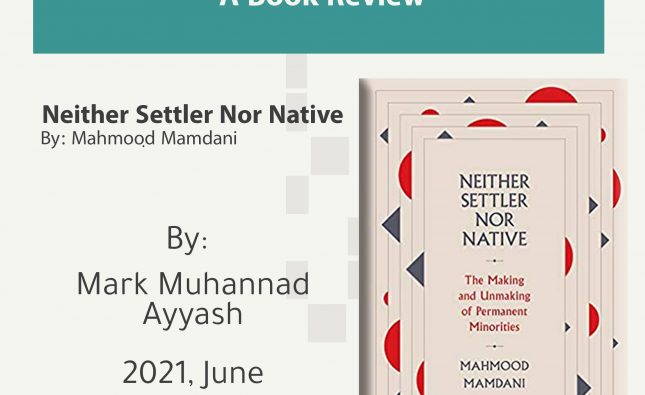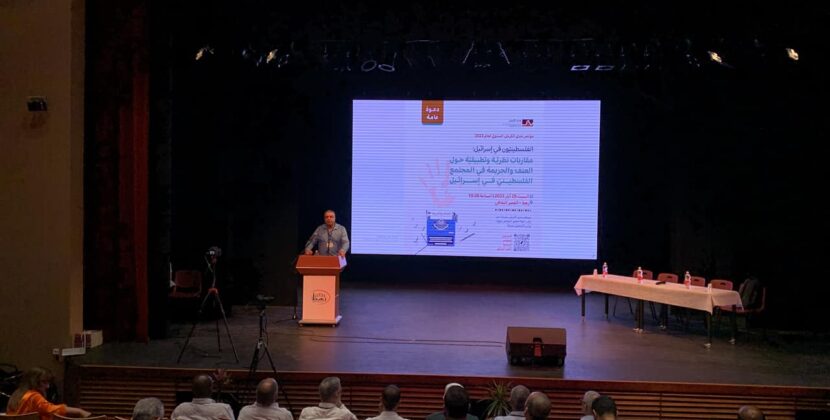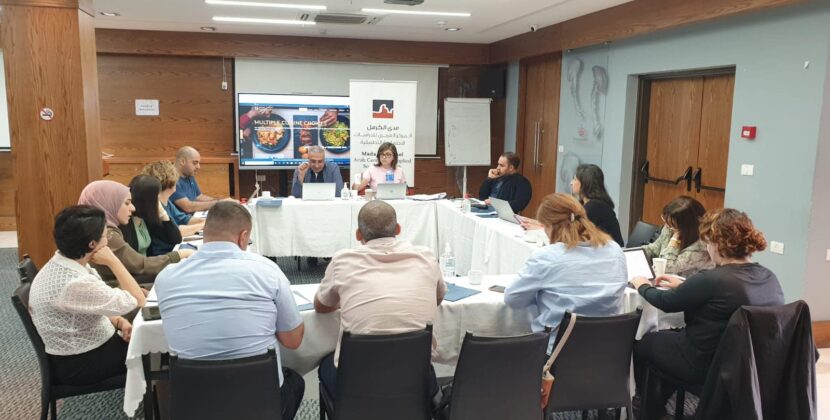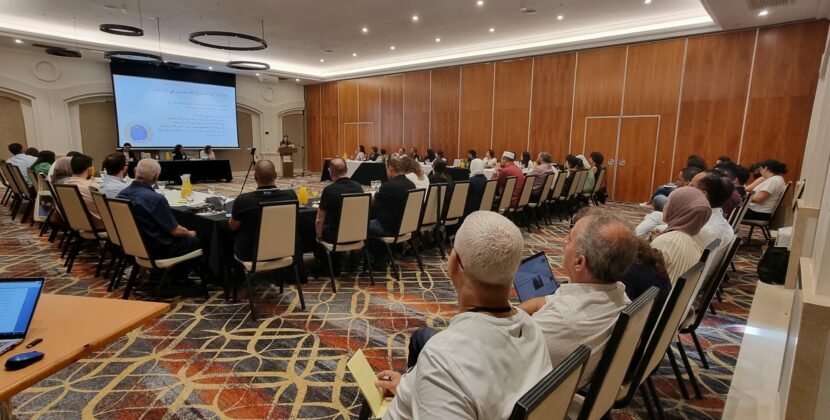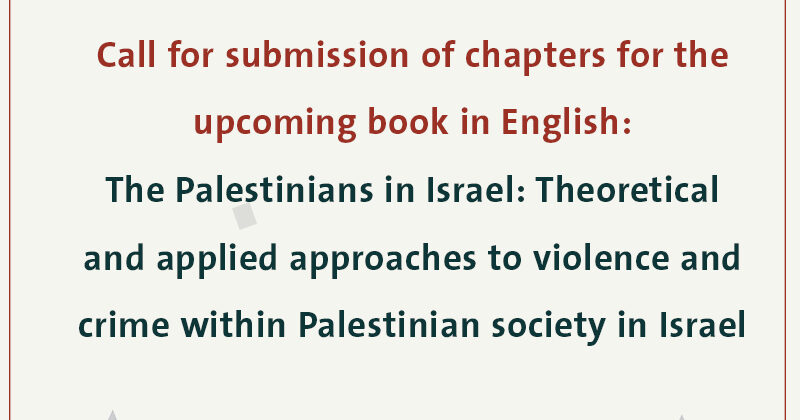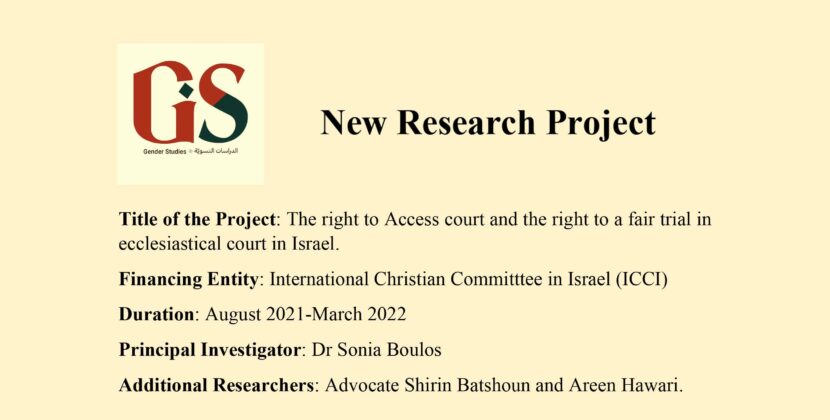The main theme of the current issue of Jadal is the Joint List, which is a political alliance of four Arab-dominated parties in Israel. The formation of the Joint List has been considered as a historic step within the Arab political scene inside the Green Line, as it is the first time that the Arab parliamentary parties ran in the Knesset elections within a single list. The Joint List’s formation, its participation in the elections, and its success in receiving thirteen seats in parliament are achievements that may usher in a new and promising phase of Arab political activity inside the Green Line. At the same time, however, such successes may be temporary and ultimately reduce national action, if they are not followed by steps to improve the List’s effectiveness in producing political achievements beyond that of its formation.
It seems that there is a discrepancy between the public’s expectations from the Joint List and the expectations of some of its components. Furthermore, there exists a degree of romanticism among some Palestinians in the West Bank and the Diaspora about the prospects and potential impact of the Joint List, which neglects the context and limits of this experiment. First of all, it must be said that although the Joint List received thirteen seats in the Israeli parliament, making it the third largest list in the Knesset, its main accomplishment was not an electoral one. Rather, its achievement is in its formation and not the number of votes it obtained, as it was created in the wake of the division and fragmentation that prevailed in the Arab political scene inside the Green Line on the eve of the elections. However, the formation of the Joint List imposed political challenges that were perhaps unexpected to some of its components, while also greatly raising expectations regarding the performance of Arab political parties among

Palestinians inside the Green Line in particular and among Palestinians and Arabs in general. Moreover, the challenge posed by the formation of the Joint List within the Arab community is arguably even greater than that which it posed to the Israeli regime and government. The former includes the challenge of organizing the Arab society, building its national institutions, and leading mass action and popular struggle, rather than simply being content with traditional parliamentary work. Moreover, many Palestinians in the West Bank and the Diaspora viewed the Joint List as a model which could be emulated to end the division in the occupied Palestinian territories between Hamas and Fatah. This view has shortcomings in understanding the context of the Joint List, especially as it seems that after over half a year since the elections, the list’s political role may be limited – not in terms of its capacity to unite Arab parties, but in its ability to have a greater impact than previous forms of popular, political and parliamentary work. The problem lies not in the idea, but in the ability of its composite parties to use the list as a tool in the Palestinian political struggle.
In all cases, these high expectations, which extended beyond *the framework of Israeli citizenship*, imposed on the Joint List a political approach that aspired to respond to the public’s hopes – in terms of the list’s continuation in parliament, in terms of its parliamentary performance, and in terms of its ability to lead the popular struggle, build regional and national Arab institutions, and increase the Arab community’s confidence in political action.

This special edition on the Joint List includes six articles. Professor As’ad Ghanem’s article discusses the future of the Joint List, and finds that there are several measures by which to examine the feasibility of the list, including its parliamentary achievements and performance, public confidence in the list and in the usefulness of its work, personal differences and rivalries among its members which may come at the expense of collaborative efforts, and its ability to lead the popular struggle in the Arab society.
In contrast, Saleem Brake’s article focuses on the parliamentary performance of the Joint List, suggesting that the list’s performance does not represent a substantial deviation from previous efforts at Arab parliamentary mobilization. He argues that the central issue faced by Arab political parties is not related to the political representation of Arabs in parliament, but rather to the limited possibilities of influencing the existing political system.


Dr. Taghreed Yahia-Younis provides a gendered reading of the Joint List at the level of representation, participation and political agenda, criticizing the absence of feminist discourse in the list’s rhetoric and the inadequate representation of women in the list. However, she notes the list’s underlying potential as a means to bring about socio-political change, and


suggests tools for the advancement of social discourse in general and particularly feminist discourse within the Joint List.
Professor Mustafa Kabha, a central member of the National Accord Committee, discusses the Committee and its role in advancing the establishment of the Joint List in his article. The article looks at the members of the Committee and their understanding of the importance of having a Joint List compared to the alternative of forming two lists. He also considers the merits and dynamics of the Committee’s work in reaching an agreement on realizing the list.
The final article to focus on the theme of the Joint List is by MK Dr. Jamal Zahalka, himself a member of the Joint List who participated in initiating its formation and had a central role in the success of its establishment. The article examines the debate on the establishment of the Joint List, which began even before the election date was set. The author also illustrates divergences within the list regarding perceptions of what unity between its various parties should entail, both before and after its formation, as well as among those who regard it as a “national front” facing a colonial project and those who regard it as a “united front” facing an extreme right-wing. He then outlines some of the challenges that the list faces, as well as some suggestions and conclusions about the development of the idea of the Joint List and its work.

This issue also offers two articles which deal with topics outside of the central theme; both address the role of the Palestinians inside Israel in the Palestinian national movement. The first article, which was written jointly by Dr. Mtanes Shihadeh and Dr. Ameed Saabneh, reviews an opinion poll on attitudes toward the role of Palestinians on both sides of the Green Line in the Palestinian national project. The authors place particular focus on the status of Palestinian citizens of Israel, attempting to explain shifts in Palestinian political awareness regarding their role in the national movement. The authors argue that there is convergence between the positions of the Palestinians in the 1967 and 1948 areas regarding the importance of the role of Palestinian citizens of Israel in the Palestinian national project.

In the second article, Dr. Mohanad Mustafa discusses the relationship between the Palestinian national movement and the Palestinians in Israel, focusing on the current tendency to idealize the role of Palestinians from the 1948 areas in the struggle for national liberation. In his opinion, this tendency is reflective of the radical transformation of the role of 1948 Palestinians in the Palestinian national movement – from a position of marginalization and even exclusion to one of central importance. In his opinion, the view that Palestinian citizens of Israel should be excluded from the national project indicates a lack of understanding of the situation which they face; while the notion that they should be central to it reflects the depth of the impasse which the Palestinian national movement is currently experiencing.
The full issue of Jadal is available in Arabic here.






